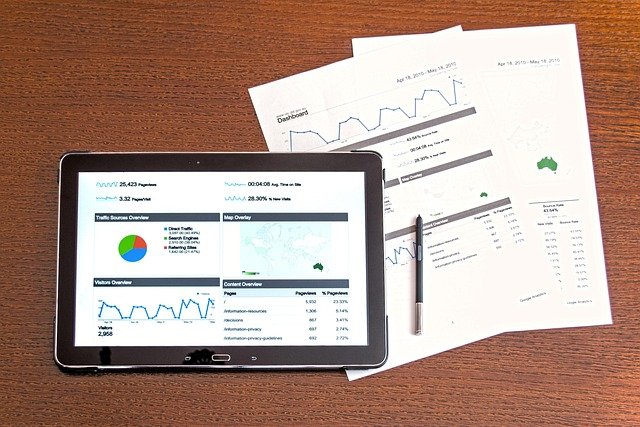
Your credit report is one of the most important financial documents you’ll ever encounter. It’s a comprehensive record of your borrowing history, payment patterns, and creditworthiness that lenders use to make crucial decisions about your loan applications. In India, understanding how to read and interpret your credit report can be the difference between getting approved for that dream home loan or facing rejection.
A credit report is a detailed summary of your credit history prepared by credit bureaus. In India, there are four main credit bureaus: CIBIL (Credit Information Bureau India Limited), Experian, Equifax, and CRIF High Mark. Each bureau collects information from banks, NBFCs, and other financial institutions to create a comprehensive profile of your creditworthiness.
Your credit report contains information about your credit accounts, payment history, outstanding debts, and credit inquiries. This information is then used to calculate your credit score, typically ranging from 300 to 900, with higher scores indicating better creditworthiness.
This section contains your basic details including name, date of birth, PAN number, Aadhaar number, address, phone numbers, and employment information. Always verify this information for accuracy, as any discrepancies can affect your credit score and loan applications.
This is the most crucial section, listing all your credit accounts including credit cards, personal loans, home loans, auto loans, and business loans. For each account, you’ll find:
Your payment history is typically displayed using codes like “000” for payments made within the due date, “030” for payments made 30 days late, “060” for 60 days late, and so on. This section significantly impacts your credit score, as payment history accounts for about 35% of the calculation.
Every time you apply for credit, lenders make an inquiry to check your credit report. These inquiries are recorded and classified as:
This section includes any legal proceedings related to your credit, such as bankruptcy filings, court judgments, or tax liens, though these are less common in the Indian context.
Your credit score is a three-digit number that summarizes your creditworthiness. In India, the scoring models typically range from 300 to 900:
You can obtain your credit report directly from any of the four credit bureaus through their websites. CIBIL, Experian, Equifax, and CRIF High Mark all offer both free annual reports and paid services for more frequent access.
Today’s digital landscape has made accessing credit information more streamlined. Financial technology companies and lending platforms often integrate with credit bureau APIs to provide instant credit assessments. The Equifax credit report API, for instance, allows authorized businesses to retrieve credit information in real-time, enabling faster loan processing and more accurate risk assessment.
Similarly, other credit bureau APIs have revolutionized how financial institutions access and process credit data. These APIs provide secure, automated access to credit reports and scores, making the lending process more efficient for both lenders and borrowers.
Start by checking all personal information for accuracy. Incorrect details can lead to credit report errors and affect your score.
Examine each account listed in your report. Verify that all accounts belong to you and check for any accounts you don’t recognize, which could indicate identity theft.
Look at your payment history across all accounts. Identify any late payments or defaults and understand their impact on your score.
For credit cards, calculate your credit utilization ratio (outstanding balance divided by credit limit). Keeping this below 30% is generally recommended for a healthy credit score.
Examine the inquiry section to ensure all credit applications are legitimate and made by you.
Errors in credit reports are not uncommon and can significantly impact your creditworthiness. Common errors include:
If you find errors, you can dispute them directly with the credit bureau. Most bureaus have online dispute resolution systems that allow you to contest inaccuracies and get them corrected, typically within 30 days.
The integration of credit bureau APIs into financial services platforms is transforming how credit information is accessed and utilized. These technological advances are making credit assessment faster, more accurate, and more accessible to both consumers and lenders. As India moves toward a more digital financial ecosystem, understanding these technological aspects becomes increasingly important for consumers navigating the credit landscape.
Understanding your credit report is crucial for maintaining good financial health in India’s evolving credit ecosystem. Regular monitoring, accurate interpretation, and proactive management of your credit profile can open doors to better financial opportunities and favorable lending terms. As technology continues to reshape the credit industry through advanced API integrations and digital platforms, staying informed about your credit status becomes both easier and more important than ever.
Remember, your credit report is not just a reflection of your past financial behavior—it’s a key that unlocks your future financial possibilities.
Subscribe to our newsletter and get top Tech, Gaming & Streaming latest news, updates and amazing offers delivered directly in your inbox.